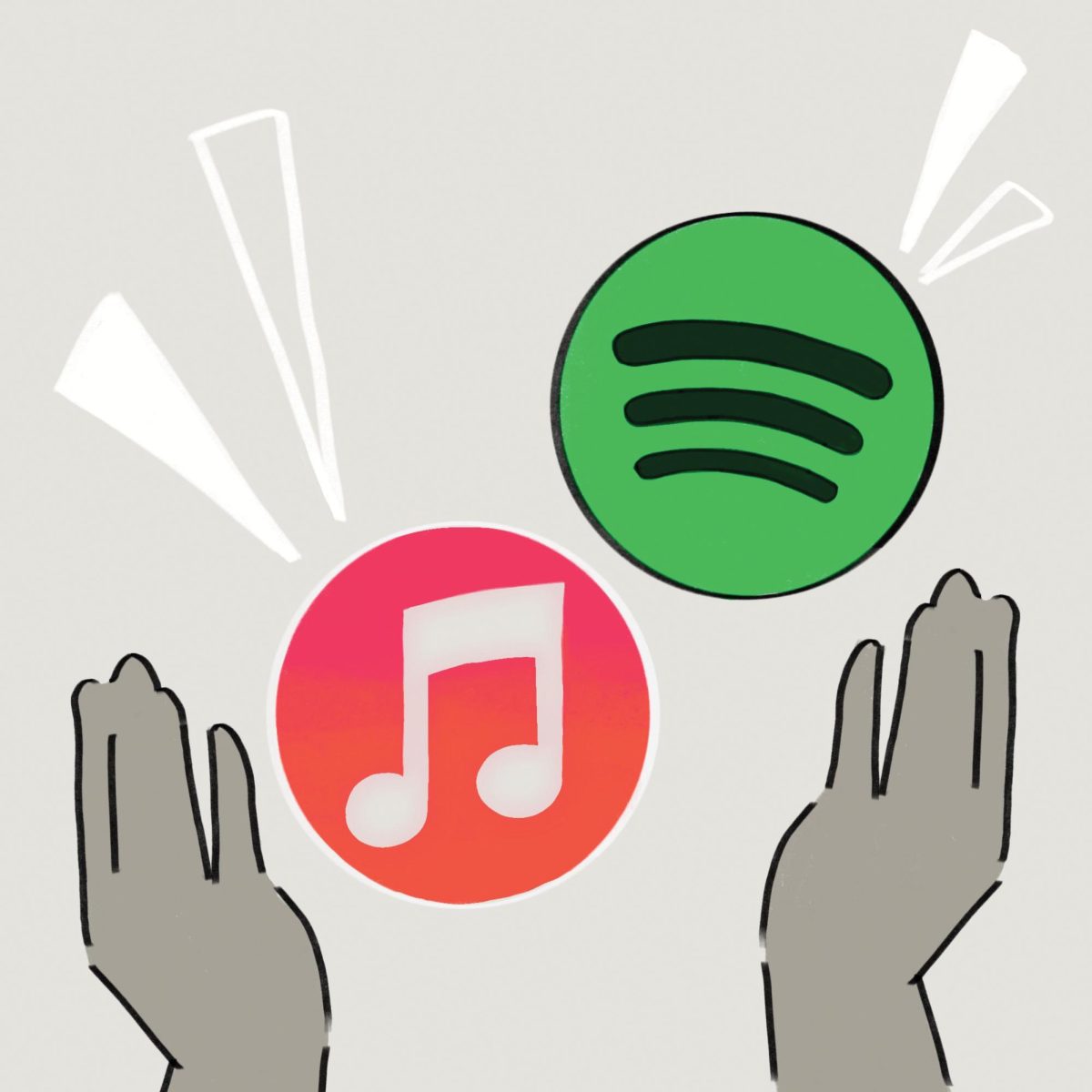
In our world of constant entertainment, we’ve almost all gone through something like this: it’s a Friday evening. The weekend has finally arrived, and you’re ready to unwind with that movie you’ve been thinking about all week. You sit down, open your streaming service of choice and search the title. It’s not there; maybe you spelled it wrong? You look online, and to your chagrin, it’s been transferred to another provider. This frustration is a regular occurrence in many of our lives.
According to IndieWire, there are over 300 streaming services in the United States, but the average household only has subscriptions to three or four well-known providers, leaving the market saturated with many lesser known services. Not to mention, premium subscriptions pose yet another roadblock to most consumers who only purchase standard access. The multitude of services and subscription variations is an overwhelming and frustrating inconvenience for film and TV lovers of all kinds, creating a confusing and unnecessary abundance of consumption options.
A recent development from WarnerMedia exemplifies the increasing pervasiveness of streaming and its detrimental consequences, not only for consumers, but also for people working in the entertainment industry. At the end of 2020, WarnerMedia announced their plan to release all of their 2021 movies in theaters and on their streaming service simultaneously. While there are some reasonable intentions behind this decision, such as COVID-19’s destructive effect on the movie theater industry, backlash surfaced from some Warner Bros. employees and directors. Prior to this change, Warner Bros. employees had an extra few months after a movie’s theater release to work on the at-home streaming version, a period of time now lost with the simultaneous release, pushing forward deadlines and creating an extra workload. A lack of proper consultation between WarnerMedia executives and their movies’ directors prior to the new decision was another cause for dissent. Director of “the upcoming film Dune” Denis Villenueve said, “There is absolutely no love for cinema, nor for the audience here. It is all about the survival of a telecom mammoth, one that is currently bearing an astronomical debt.” This news demonstrates how beyond consumer inconvenience, the cultural shift to abundant streaming even has internal ramifications in its own industry.
Now, I don’t want to immediately turn away any readers who are free market champions with fear-inducing anticapitalist jargon that I don’t have the aptitude to effectively lay out, but this critique on streaming points out the systemically illogical motivations that run a capitalist economy. I’m sure many of you have heard the sayings about how capitalists are money machines that don’t care about your feelings. While I hesitate to subscribe to such extreme ideology, there is some truth in the statement that those who run capitalist industries, like, say, streaming services, are working without the convenience or perspective of the consumer in mind. There is a capitalist notion that if you’re not growing, you’re dying, causing corporations, like the ones that run streaming services, to revamp their systems that work just fine in search of more and more profit.
For instance, while chatting with a Democratic Socialist friend of mine, I was reminded of the strange logic behind Instagram’s new update, which replaced the activity section with a shopping section, meant to raise ad and sponsorship revenue for a company already valued at an estimated $102 billion. In addition to the largely prominent Instagram shop, the new update includes “reels”: their method of encroaching on the incredibly popular market of TikTok. It almost seems as though the growing (but still not TikTok-level) popularity of Instagram’s reels balances out the widespread contempt with which many users have reacted to the shop section. Yet there are still a significant number of Instagram users who are migrating to TikTok as their main form of social media entertainment. In short, it seems, from a consumer’s perspective, that Instagram’s motivation behind this marketing switch was not entirely suited to its users, but more so another revenue collector, akin to what I argue are the intentions of multiple streaming services.
These capitalist decisions, although frustrating to consumers, are inevitable; the decision to thinly spread content over a plethora of platforms has been used increasingly for the past decade. Why? Because so far, it seems to have been working for them. The back door trades of blockbuster movies and limited series is streaming services’ way of keeping persistent consumers on their toes, ready to shovel in another $13.99 a month. And even when a smaller streaming service fails to make sufficient revenue and disappear, a new one rises up to take its place. From where I stand as a consumer, the past decade has been an endless cycle of consumption and re-consumption. But who knows? Maybe someday a rogue asteroid will hit the planet of platforms and put this madness to an end, and we’ll revert back to the ancient art of moviegoing. While perhaps unlikely in the current profit-driven entertainment industry, boycotts of streaming or an epistemic shift within the industry could put us in the path toward a system that values consumers’ experiences, and not just their wallets.
By Sophie ’21







